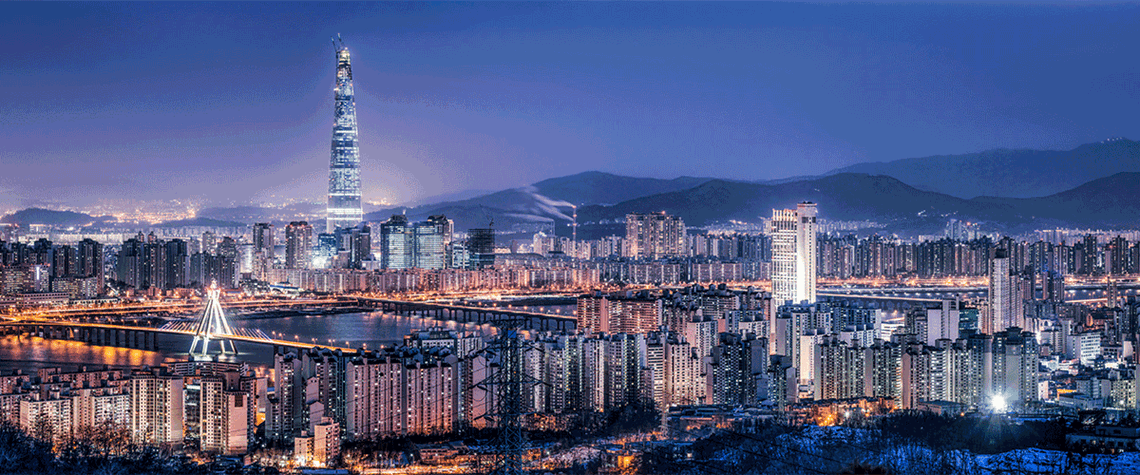Muddled policies cloud Korean LNG outlook
Planned terminal expansions do not fit with Seoul’s stated goals of trimming LNG dependence
South Korea has long been one of the world’s largest LNG consumers, alongside Japan, China and—more recently—the EU. But despite a huge and ongoing buildout of regasification infrastructure, the medium-to-long-term outlook for Korean LNG demand is unclear. The country aims to meet its net-zero targets in part through a sharp reduction in its dependence on imported LNG, even while vacillation on nuclear policy brings additional uncertainty. South Korea has managed to trim its coal use in recent years and raise the proportion of gas in the generation mix as it seeks to achieve net zero by 2050. The government is closing ageing coal-fired plants and imposed a 28% tax on imports of the solid fue

Also in this section
26 July 2024
Oil majors play it safe amid unfavourable terms in latest oil and gas licensing bid rounds allowing Chinese low-ball moves
25 July 2024
Despite huge efforts by India’s government to accelerate crude production, India’s dependency shows no sign of easing
24 July 2024
Diesel and jet fuel supplies face a timebomb in just four years, and even gasoline may not be immune
23 July 2024
Rosneft’s Arctic megaproject is happening despite sanctions, a lack of foreign investment and OPEC+ restrictions. But it will take a long time for its colossal potential to be realised







